What is a splenic tumour?
This refers to tumours that develop within the spleen. They may be benign (haemangiomas) or they may be metastatic (hemangiosarcomas) which have often spread beyond the spleen by the time of diagnosis. The first symptom is often weakness or collapse, which can happen if the tumour has ruptured and the dog is bleeding internally. Other signs include general weakness, weight loss, abdomen enlargement and pale gums caused by blood loss.
Common breeds effected
Certain breeds are more predisposed to developing splenic tumours, including Boxers, Pointers, German Shepherds and Golden Retrievers.
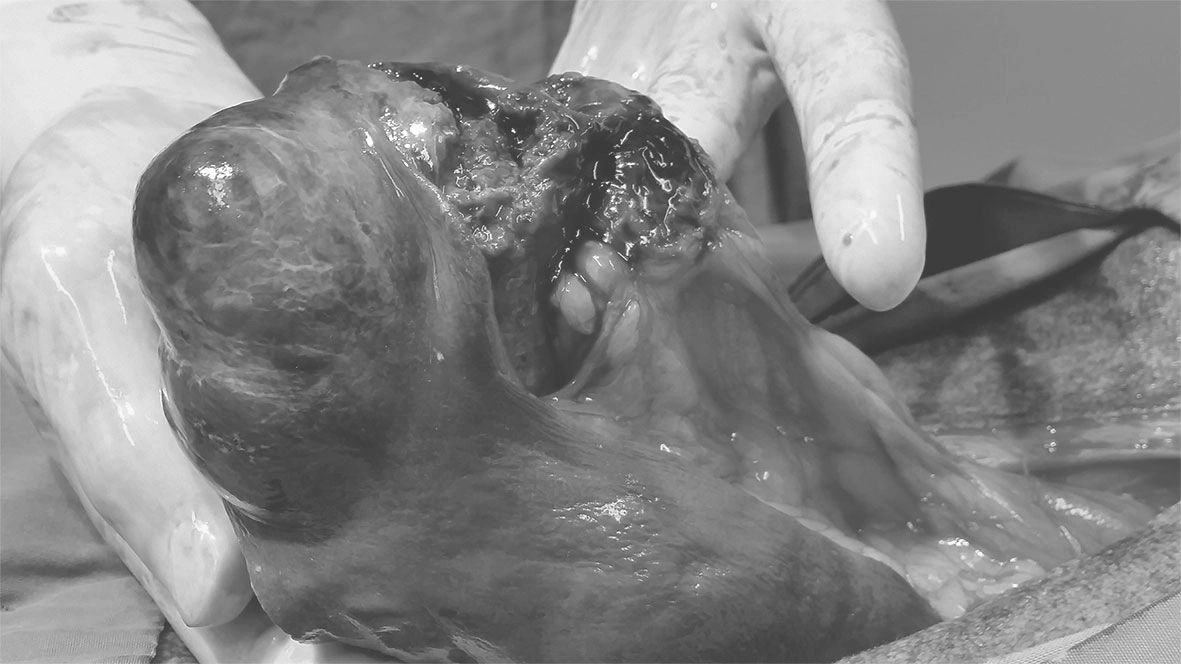
Diagnosis methods
Sometimes we are able to feel a mass on examination of the abdomen. X-rays may also reveal the location of the tumour. Other tests, such as a blood test to check for blood loss, will point toward a splenic mass as the origin of the blood lost. An ultrasound may also be used to determine which organ the abdominal mass is located within.
Treatment options
The best treatment method for splenic tumours is to remove the entire spleen and the tumour growing inside it. This is because it is the bleeding from the mass that is making your pet ill and will likely result in death – not the cancer itself. By removing the spleen, the bleeding issues will resolve, and your pet will live a further three to six months even without further treatment, even if the mass has spread. Removal is a simple way to provide the owners with more time with their valued family member. A blood transfusion may also be required before surgery, especially if, prior to diagnosis, the blood loss has been significant.
.webp)
Nikki, Labrador, 13 Years old
Treatment cost
This procedure can cost as little as $2,500 - $3,000. If your pet required blood transfusion, this can increase the cost a further $600. Additional procedures, such as histopathology to determine whether the mass is metastatic or benign, can increase the cost by approximately $780.
Optional pre-anaesthetic blood test available for all surgeries (additional cost)
Recovery and aftercare
For most removals, your pet will only spend a single night in hospital, before being take home for continuing recovery care. One of the major contributors to the high costs at referral centres is their insistence of extended stays until your pet has recovered completely – which often costs $1,000-$2,000 per day! We have found that most pet owners would prefer their pet stay at home with them and are perfectly capable of caring for them following the surgery. We send your pet home with antibiotics and pain relief in the form of tablets and slow release patches.
Abbey, Beagle, 13 Years old
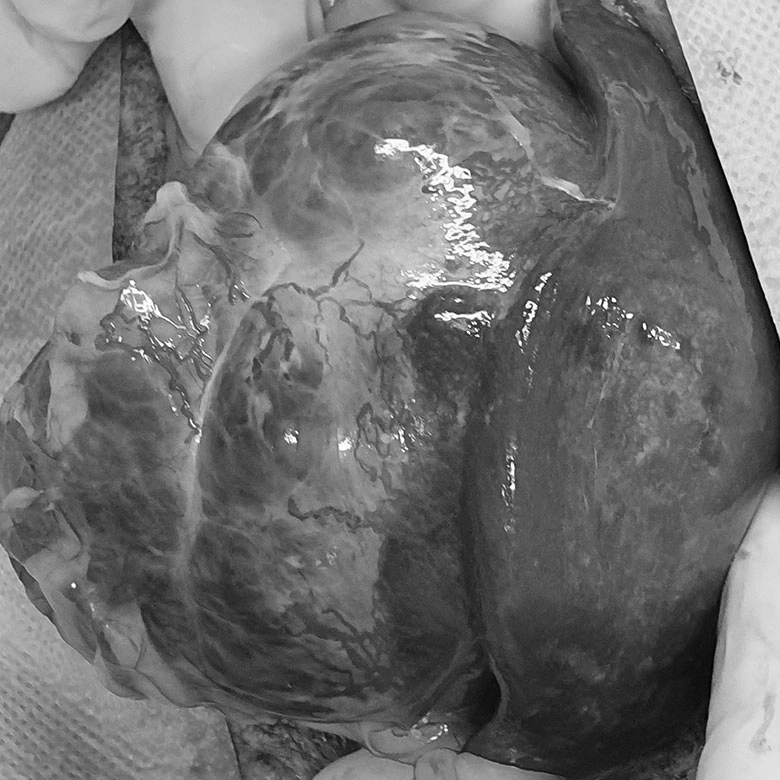
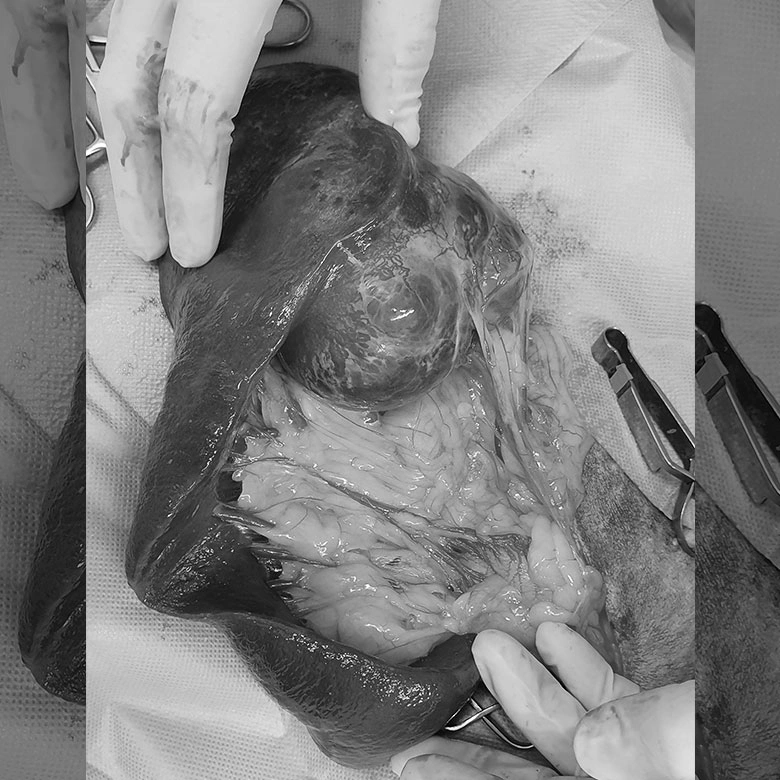
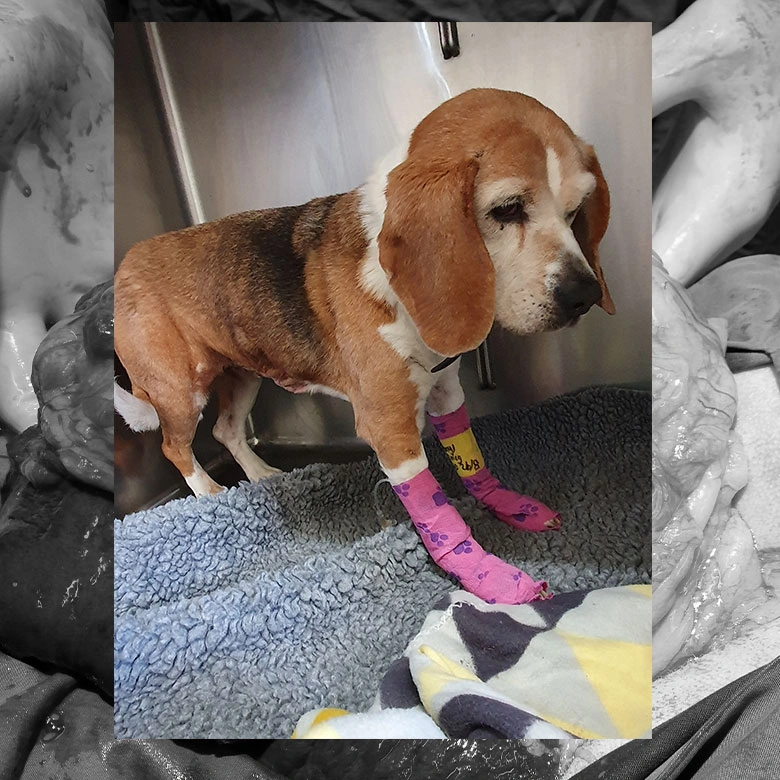
Life expectancy
When a splenic mass is benign, your pet may live for many more years following the surgery. If the tumour has already spread, then your pet may live quite comfortably for an additional three to six months, before the spread of the cancer causes other issues such as bleeding or breathing difficulties. Chemotherapy can also be used to extend their life.
Gallery
Nikki, Labrador, 13 Years old
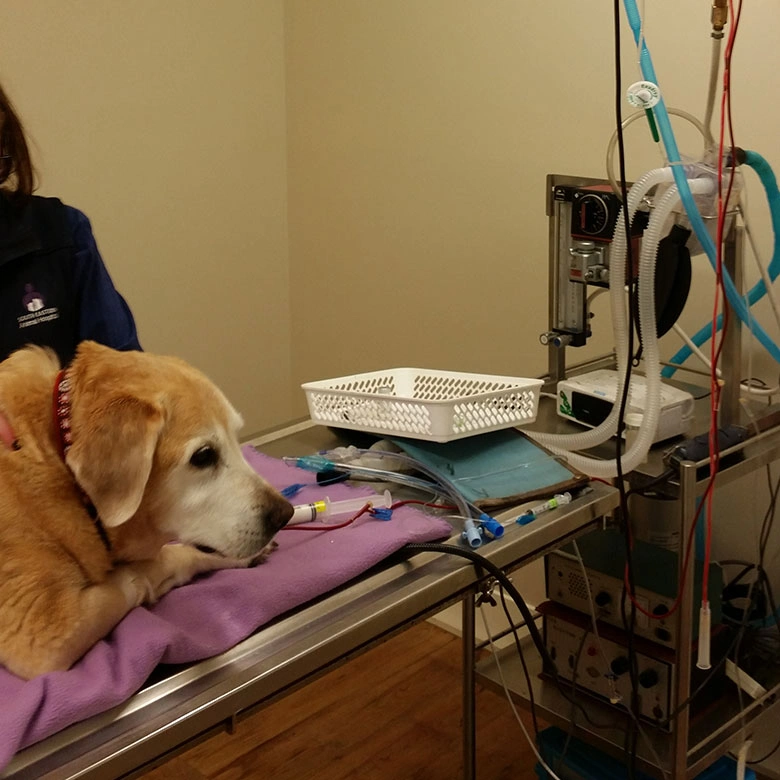
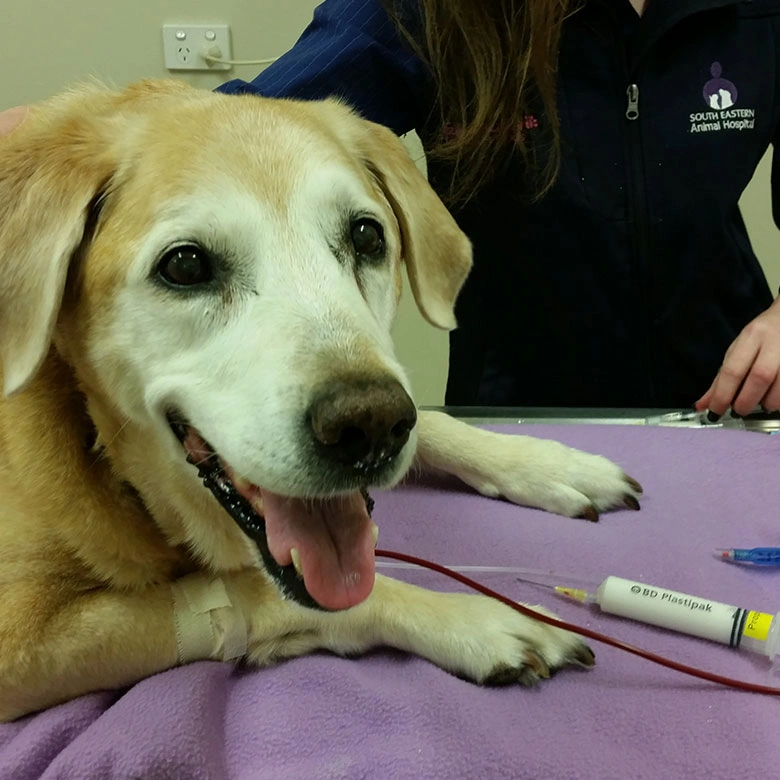
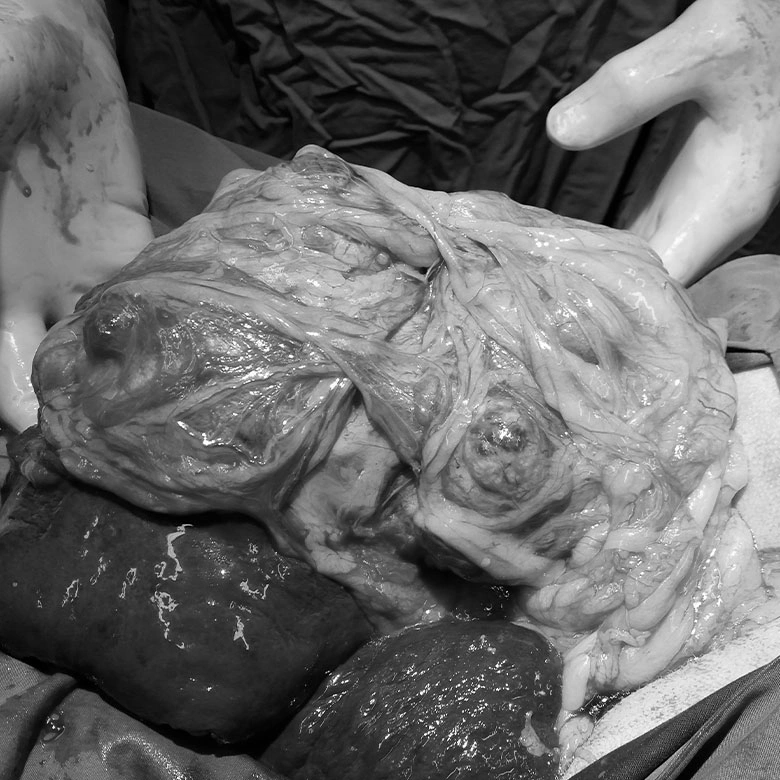

Since childhood, Dr. Plummer has been passionate about caring for animals, and graduated with Honours in a Bachelor of Veterinary Science from the University of Queensland. He opened the Brisbane Pet Surgery with the aim of making quality pet care affordable for everyone.
About Scot Pricing PhilosophyBook A Consult
Does your furry friend need to meet with one of our experienced veterinarians? Book a consultation below or call our team today
